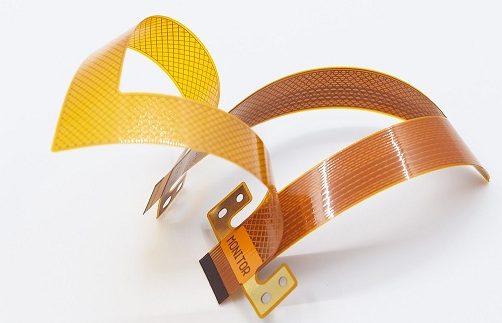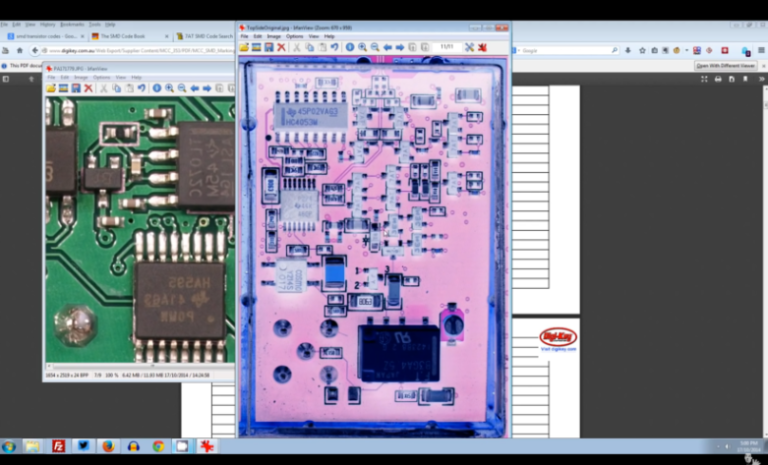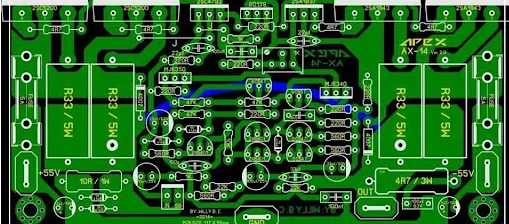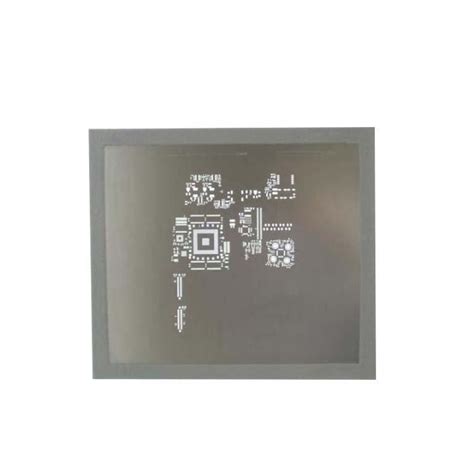Flex pcb heater
Understanding the Basics of Flex PCB Heaters
Flex PCB heaters, or flexible printed circuit board heaters, represent a significant advancement in thermal management technology, offering a versatile solution for a wide range of applications. These heaters are designed to provide uniform heat distribution across various surfaces, making them ideal for industries that require precise temperature control. To understand the basics of flex PCB heaters, it is essential to explore their construction, functionality, and applications.
At the core of flex PCB heaters is their unique construction, which combines the flexibility of polymer-based substrates with the conductive properties of metal traces.
Typically, these heaters are composed of a thin, flexible substrate, such as polyimide or polyester, onto which a conductive material, often copper, is etched or printed. This design allows the heater to conform to complex shapes and surfaces, providing an efficient and adaptable heating solution. The flexibility of the substrate not only facilitates easy integration into various devices but also enhances the durability and reliability of the heater, as it can withstand bending and flexing without damage.
The functionality of flex PCB heaters is rooted in their ability to convert electrical energy into heat.
When an electrical current passes through the conductive traces on the flexible substrate, resistance generates heat, which is then evenly distributed across the surface of the heater. This process ensures consistent thermal output, which is crucial for applications requiring precise temperature regulation. Moreover, the design of flex PCB heaters allows for the customization of heating patterns and power densities, enabling engineers to tailor the heater to specific requirements. This adaptability is particularly beneficial in applications where space constraints or unique geometries are present.
Flex PCB heaters find applications across a diverse array of industries, owing to their versatility and efficiency.
In the medical field, for instance, they are used in devices such as blood analyzers and incubators, where maintaining a stable temperature is critical for accurate results and patient safety. Similarly, in the automotive industry, these heaters are employed in battery warming systems and seat heaters, enhancing comfort and performance in varying environmental conditions. Additionally, the aerospace sector utilizes flex PCB heaters for de-icing and temperature control in sensitive equipment, where reliability and weight reduction are paramount.
Furthermore, the electronics industry benefits significantly from the integration of flex PCB heaters in devices such as LCD displays and 3D printers.
In these applications, the heaters ensure optimal operating temperatures, thereby improving performance and extending the lifespan of the components. The ability to produce heat quickly and efficiently makes flex PCB heaters an invaluable asset in environments where rapid thermal response is required.
In conclusion, flex PCB heaters offer a sophisticated solution for thermal management challenges across multiple industries. Their unique construction, which combines flexibility with efficient heat distribution, allows them to meet the demands of complex applications. By converting electrical energy into heat with precision and reliability, these heaters play a crucial role in enhancing the functionality and performance of various devices. As technology continues to advance, the demand for innovative thermal management solutions like flex PCB heaters is expected to grow, further solidifying their importance in modern engineering and design.
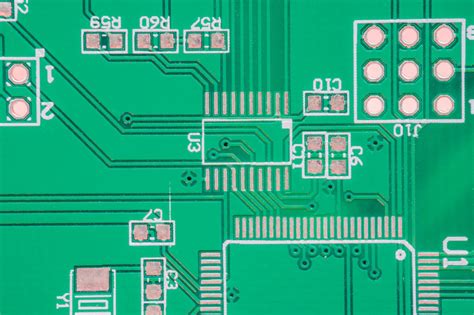
Advantages of Using Flex PCB Heaters in Modern Electronics
Flex PCB heaters, or flexible printed circuit board heaters, have become an integral component in modern electronics, offering a range of advantages that enhance both functionality and efficiency. As technology continues to evolve, the demand for compact, reliable, and efficient heating solutions has grown, making flex PCB heaters an increasingly popular choice across various industries.
One of the primary advantages of using flex PCB heaters is their ability to conform to complex shapes and surfaces.
Unlike traditional rigid heaters, flex PCB heaters are designed with flexibility in mind, allowing them to be easily integrated into devices with irregular geometries. This adaptability is particularly beneficial in applications where space is limited or where the heating element must be applied to a curved or uneven surface. Consequently, this flexibility enables designers to create more compact and efficient electronic devices without compromising on performance.
In addition to their adaptability, flex PCB heaters offer superior thermal management capabilities.
They are engineered to provide uniform heat distribution, which is crucial in preventing hotspots and ensuring consistent performance across the entire surface of the device. This uniformity in heat distribution not only enhances the reliability of the electronic components but also extends their lifespan by reducing the risk of thermal stress. Furthermore, the precise control over temperature that flex PCB heaters provide is essential in applications where maintaining specific temperature ranges is critical, such as in medical devices or sensitive instrumentation.
Another significant advantage of flex PCB heaters is their lightweight and thin profile.
These heaters are constructed using thin layers of polyimide or other flexible substrates, which contribute to their minimal weight and thickness. This characteristic is particularly advantageous in portable electronic devices, where reducing weight and conserving space are paramount. The lightweight nature of flex PCB heaters also facilitates easier handling and installation, reducing the overall manufacturing time and cost. Moreover, their thin profile allows for seamless integration into multilayered electronic assemblies, further enhancing the design possibilities for engineers and manufacturers.
The durability and reliability of flex PCB heaters are also noteworthy.
They are designed to withstand harsh environmental conditions, including exposure to moisture, chemicals, and extreme temperatures. This resilience makes them suitable for use in a wide range of applications, from automotive and aerospace to consumer electronics and industrial equipment. The robust construction of flex PCB heaters ensures that they maintain their performance over extended periods, even in demanding conditions, thereby providing a long-lasting and dependable heating solution.
Furthermore, the energy efficiency of flex PCB heaters is a compelling advantage.
They are designed to operate with minimal power consumption while delivering optimal heating performance. This efficiency not only reduces the energy costs associated with operating electronic devices but also contributes to the overall sustainability of the product. As industries increasingly prioritize energy-efficient solutions, the use of flex PCB heaters aligns with the growing emphasis on reducing environmental impact.
In conclusion, the advantages of using flex PCB heaters in modern electronics are manifold. Their flexibility, superior thermal management, lightweight profile, durability, and energy efficiency make them an ideal choice for a wide array of applications. As technology continues to advance, the role of flex PCB heaters in enhancing the performance and reliability of electronic devices is likely to expand, further solidifying their position as a critical component in the design and development of innovative electronic solutions.
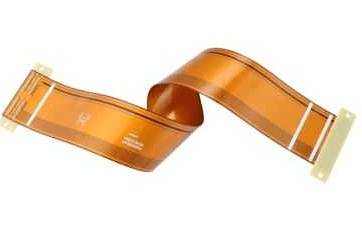
Design Considerations for Flex PCB Heaters
When designing flex PCB heaters, several critical considerations must be taken into account to ensure optimal performance and reliability. Flex PCB heaters, known for their versatility and efficiency, are increasingly used in various applications, from medical devices to automotive systems. The design process involves a careful balance of material selection, thermal management, and electrical considerations, each playing a pivotal role in the heater’s functionality.
To begin with, material selection is a fundamental aspect of designing flex PCB heaters.
The choice of substrate material significantly impacts the heater’s flexibility, thermal conductivity, and overall durability. Polyimide is a popular choice due to its excellent thermal stability and flexibility, making it suitable for applications requiring bending and folding. Additionally, the conductive material, typically copper, must be carefully selected and patterned to ensure efficient heat distribution while maintaining electrical integrity. The thickness of the copper traces is another crucial factor, as it influences both the electrical resistance and the heat output of the heater.
Transitioning to thermal management, it is essential to consider the heat dissipation requirements of the application.
Flex PCB heaters must be designed to provide uniform heat distribution across the surface, preventing hotspots that could lead to component failure or reduced efficiency. This involves calculating the power density and ensuring that the heater can maintain the desired temperature range without exceeding the material’s thermal limits. Moreover, incorporating thermal vias or additional layers can enhance heat dissipation, especially in applications with high power demands.
In addition to thermal considerations, electrical design plays a significant role in the performance of flex PCB heaters.
The electrical resistance of the heater must be precisely controlled to achieve the desired power output. This involves careful calculation of the trace width, length, and spacing, as well as consideration of the overall circuit layout. Furthermore, the operating voltage and current must be compatible with the application’s power supply, ensuring that the heater operates efficiently without overloading the system.
Another important aspect of designing flex PCB heaters is the integration of temperature sensors and control mechanisms.
These components are crucial for maintaining precise temperature control, which is vital in applications where temperature fluctuations could affect performance or safety. By incorporating sensors such as thermistors or RTDs, designers can implement feedback loops that adjust the power input to maintain a stable temperature. This not only enhances the reliability of the heater but also improves energy efficiency by reducing unnecessary power consumption.
Moreover, environmental factors must be considered during the design process.
Flex PCB heaters are often used in challenging environments, where exposure to moisture, chemicals, or extreme temperatures could affect performance. Therefore, protective coatings or encapsulation may be necessary to shield the heater from these elements, ensuring long-term reliability and functionality.
In conclusion, designing flex PCB heaters requires a comprehensive understanding of material properties, thermal dynamics, and electrical principles. By carefully considering these factors and integrating appropriate control mechanisms, designers can create efficient and reliable heaters tailored to specific applications. As technology continues to advance, the demand for flexible and efficient heating solutions will likely grow, making the design considerations for flex PCB heaters increasingly important in a wide range of industries.

Applications of Flex PCB Heaters in Various Industries
Flex PCB heaters, or flexible printed circuit board heaters, have emerged as a versatile and efficient solution across a multitude of industries, offering unique advantages that cater to specific heating requirements. These heaters are designed with flexibility in mind, allowing them to conform to various shapes and sizes, which makes them particularly useful in applications where traditional rigid heaters would be impractical. As industries continue to evolve and demand more sophisticated technologies, the applications of flex PCB heaters have expanded significantly, demonstrating their adaptability and efficiency.
In the automotive industry, flex PCB heaters are utilized to enhance the comfort and functionality of vehicles.
They are commonly integrated into seat warmers, steering wheels, and mirrors, providing rapid and uniform heating. The flexibility of these heaters allows them to be seamlessly incorporated into the complex contours of automotive components, ensuring optimal performance without compromising design. Moreover, their lightweight nature contributes to the overall reduction in vehicle weight, which is a critical factor in improving fuel efficiency and reducing emissions.
The medical field also benefits greatly from the application of flex PCB heaters.
In medical devices, precise temperature control is often crucial, and these heaters provide the necessary accuracy and reliability. They are used in diagnostic equipment, such as blood analyzers and incubators, where maintaining a consistent temperature is vital for accurate results. Additionally, their ability to be sterilized and their resistance to chemicals make them suitable for use in environments where hygiene and safety are paramount.
In the realm of consumer electronics, the demand for compact and efficient heating solutions has led to the widespread adoption of flex PCB heaters.
They are found in devices such as smartphones, tablets, and laptops, where they help manage heat dissipation and prevent overheating. The thin and flexible nature of these heaters allows them to be integrated into the slim profiles of modern electronic devices without adding bulk. This integration not only enhances device performance but also extends the lifespan of the components by preventing heat-related damage.
The aerospace industry also leverages the unique properties of flex PCB heaters.
In this sector, weight and space are at a premium, and the ability to provide efficient heating in a compact form is invaluable. These heaters are used in applications such as de-icing systems and temperature regulation for sensitive instruments. Their reliability and durability under extreme conditions make them an ideal choice for aerospace applications, where failure is not an option.
Furthermore, the renewable energy sector has found innovative uses for flex PCB heaters.
In solar panels, for instance, they are employed to prevent the accumulation of snow and ice, ensuring that the panels operate at maximum efficiency even in cold climates. This application not only enhances energy production but also reduces maintenance costs associated with manual cleaning.
In conclusion, the diverse applications of flex PCB heaters across various industries underscore their importance as a modern heating solution.
Their flexibility, efficiency, and adaptability make them an indispensable component in the design and functionality of numerous products and systems. As technology continues to advance, it is likely that the role of flex PCB heaters will expand even further, offering new possibilities and solutions to meet the ever-evolving demands of different industries.

